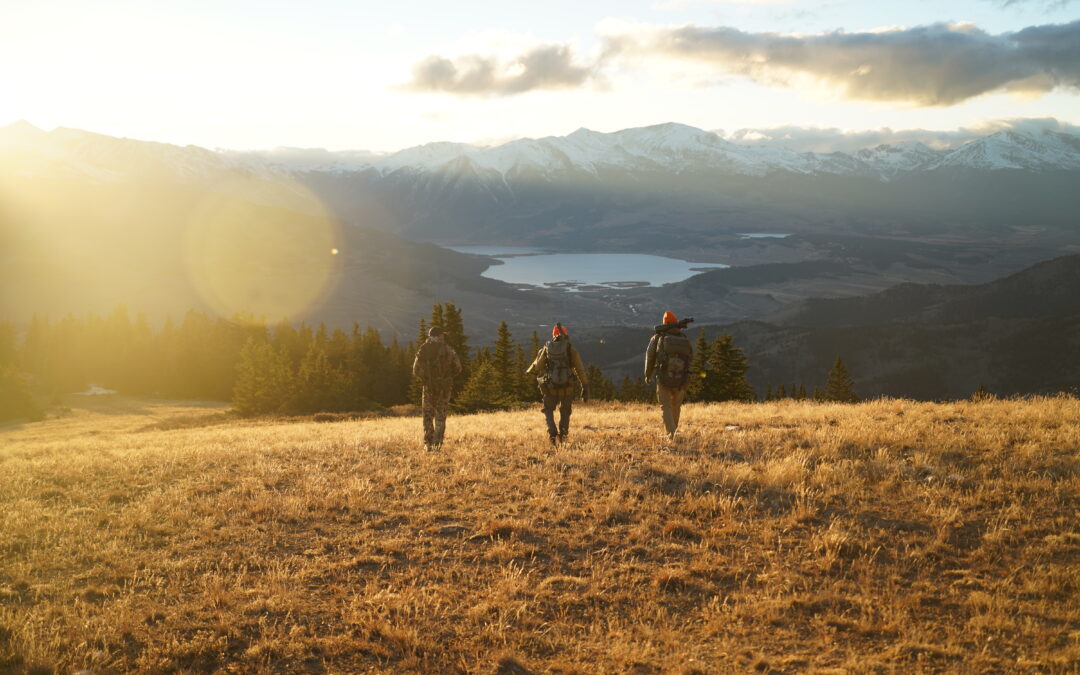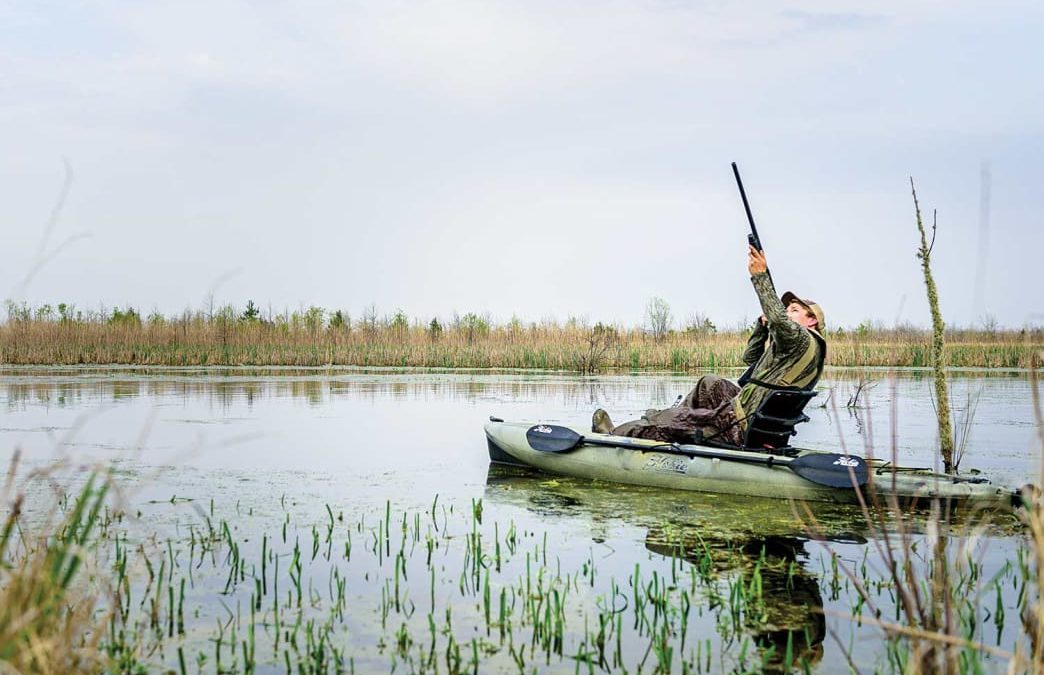
The Invisible Fences Are Coming Down: How Infinite Outdoors Is Reopening America’s Lost Public Lands
For generations, hunters, anglers, and outdoor lovers have felt the same frustration: seeing the rolling hills of public land just beyond a fence line—close enough to touch, but impossible to reach. Millions of acres meant for everyone sat locked away, landlocked behind private properties, out of reach for all but a few.
Sam Seeton was one of those people. A lifelong outdoorsman and passionate advocate for public lands, he knew something had to change. That’s why today, from the heart of Wyoming, Seeton and his team at Infinite Outdoors are tearing down those invisible fences with a bold new program: Access Granted.
Officially launched on May 7, 2025, Access Granted is the first initiative of its kind, designed to give everyday people legal, walk-in access to public lands that had been locked away for decades. By partnering with private landowners and conservation-driven outdoor brands like HUSH and Primos, Infinite Outdoors is unlocking thousands of acres of BLM land, state land, and national forest — and they’re doing it at no cost to the public.
“For decades, there’s been a lot of talk about the problem — about why so much public land remains off-limits,” Seeton says. “We decided to be the ones who finally do something about it.”
The problem is staggering. While the United States boasts over 640 million acres of public land, nearly 16 million acres are stranded, surrounded by private property and legally inaccessible. That’s 16 million acres of lost opportunity for hunters seeking their first deer, families looking for a quiet place to camp, or anglers chasing trout in hidden streams.
Infinite Outdoors had already made waves when it launched in 2020, often described as the “Airbnb for outdoorsmen,” connecting sportsmen to more than a million acres of private lands across 16 states. But Access Granted goes even further: it builds legal easements across private lands, funded by Infinite Outdoors’ Access+ membership program and corporate partners, and opens those routes freely to the public.
Landowners are fairly compensated, outdoor brands help fuel the effort, and the public gets something back that always should have been theirs — a clear path to the wild.
And Seeton and his team didn’t stop at just creating access. At every step, they placed conservation front and center. In partnership with the Theodore Roosevelt Conservation Partnership, Infinite Outdoors assigns professional biologists to work with every participating landowner, ensuring that wildlife populations stay healthy and harvest levels are sustainable. It’s a model where access and stewardship go hand-in-hand.
“Access Granted is one of the most important programs I’ve ever seen for the future of hunting and outdoor recreation,” says Casey Butler, founder of HUSH. “It’s not just about access — it’s about doing it the right way.”
The first major project under Access Granted is already underway. Near the small town of Kaycee, Wyoming, a 600-acre parcel known as Andrus Draw now serves as a gateway to more than 40,000 acres of landlocked BLM land. To celebrate, Infinite Outdoors has teamed up with the Mule Deer Foundation to launch a wildlife-friendly fencing project, and they’re inviting the public to join them for a volunteer day on June 7.
And this is just the beginning. So far, nearly a dozen properties across Wyoming and Colorado have joined the Access Granted initiative, unlocking over 45,000 acres — an area larger than 60 square miles — for hunters, campers, anglers, and families alike.
Standing on a hillside overlooking one of these newly opened lands, Seeton is clear about the stakes: “This land was always meant to be for all of us. We’re just making sure that promise is kept.”
As Access Granted grows, it’s offering something rare — not just more places to explore, but a renewed connection between people and the land. It’s a vision where public land truly means public, and where the next generation of outdoor enthusiasts can roam a little freer.
Explore the newly opened lands or find out how you can be part of the movement at infiniteoutdoorsusa.com.

